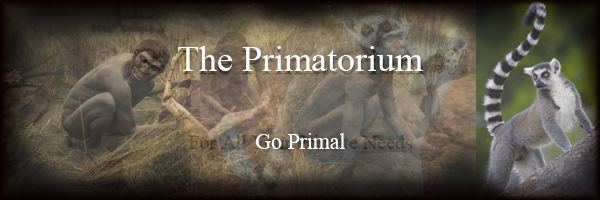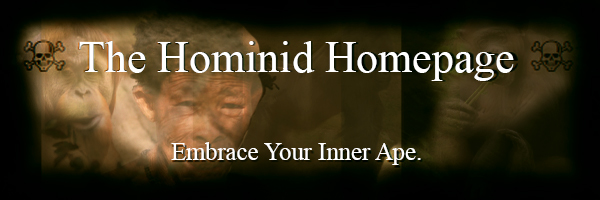
Copyright © 1997-2020 C.E. by Dustin Jon Scott
Embrace Your Inner Ape.
Q. What is a “Hominid”?
The term “hominid” essentially means “a member of the human family”, from New Latin hominidae (1885-90), equivalent to Latin homin- (stem of homo) “human being, man” + -idae (Dictionary.Com), and comes from a time when the superfamily hominoidea was divided into two families: the hominidae (humans) and the pongidae (great apes). A third family, hylabatidae (small apes, or lesser apes), was often included but sometimes placed in its own superfamily, the hylabatoidea.
While the family pongidae included chimpanzees, gorillas, orangutans, and logically also therefore their as-yet-unknown great ape ancestor, the term “hominid” was used to refer to modern humans as well as any human ancestors who were not also ancestors of the great apes. In other words, any creature “on the human side” of the human/ape family tree.
When it was learned in the 20th century that the African apes (chimpanzees and gorillas) are more closely related to humans than to orangutans, it might have seemed simplest and most natural to simply reassign chimpanzees and gorillas from family pongidae to family hominidae. However, this would have left family pongidae with only one genus, Pongo (orangutans). So instead, families hominidae and pongidae merged. Family hominidae divided into subfamily homininae (humans, chimpanzees, and gorillas) and subfamily ponginae (orangutans). Subfamily homininae divided into tribe hominini (humans and chimpanzees) and tribe gorillini (gorillas). Tribe hominini divided into subtribe hominina (humans) and subtribe panina (chimpanzees and bonobos)
This suggests the following terminology:
“Hominoid” = member of Hominoidea (humans and other apes)
“Hominid” = member of hominidae (humans and other great apes)
“Hominine” = member of homininae (humans and African apes)
“Hominin” = member of hominini (humans and chimpanzees)
[?] = member of hominina (humans and all creatures more closely related to humans than to chimpanzees; i.e., what the word “hominid” used to mean)
Unfortunately, since this entails that the word “hominid” now also refer to chimpanzees, gorillas, and orangutans, it deprives paleoanthropologists of a term functionally equivalent to the former use of the word “hominid” to refer human ancestors who were not also ancestors of the other great apes; to creatures “on the human side” of the human/ape family tree. However, since “hominid” is an English word merely derived from the Latin hominidae, changes in the definition of the Latin word hominidae do not necessarily need to be reflected by equivalent changes in the definition of the English word “hominid”. Some have therefore chosen to use the term “hominid” to refer to subtribe hominina, as this retains its sense of delineating humans and their ancestors since their common ancestor with chimpanzees from the other apes.
Hominid Highlights
[13 MYA] Human-chimpanzee lineages split, earliest possible date
[10 MYA] Origin of bipedality
[9 MYA] Last interbreeding event between the human and chimpanzee lineages, earliest possible date
[8 MYA] Human-chimpanzee lineages split for the first time, latest possible date in an reconvergence/interbreeding model
[4 MYA] Last interbreeding event between the human and chimpanzee lineages, latest possible date
[2.5 MYA] Origin of stone tool production
[2 MYA] Increase in brain size, human and chimpanzee lineage cranial capacities no longer overlap
[1 MYA] Harnessing fire
[0.05 MYA] Behavioral modernity
[0.01 MYA] Agriculture / domestication of grasses (wheat, barley)
[0.008 MYA] Invention of the wheel
[0.005 MYA] Origin of civilization
[0.000015] Global urbanization / beginnings of eusociality
Extant Hominids

|

|
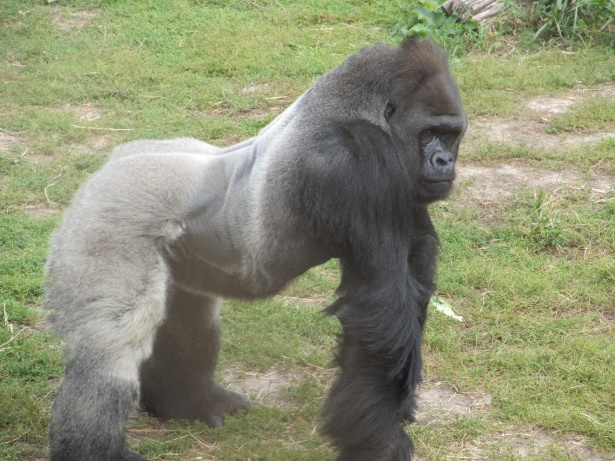
|

|
Important Hominid Fossils
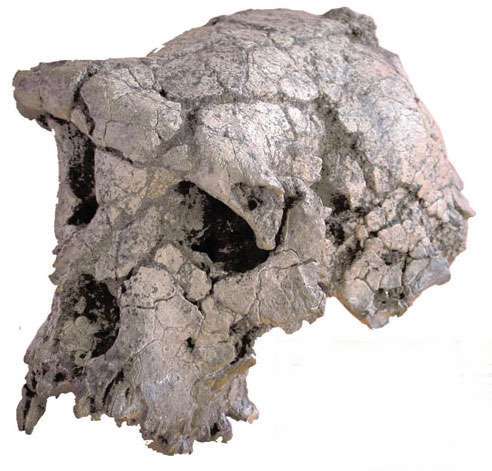
|

|

|
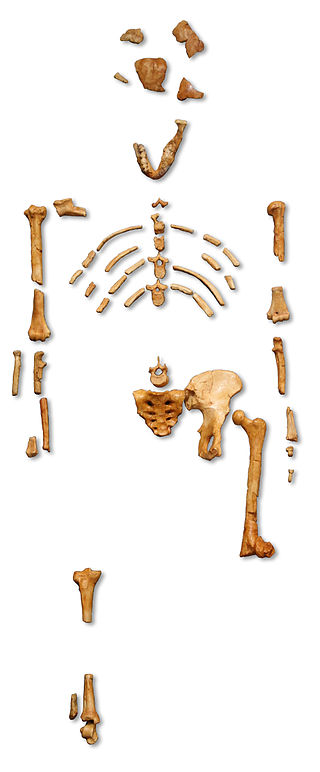
|
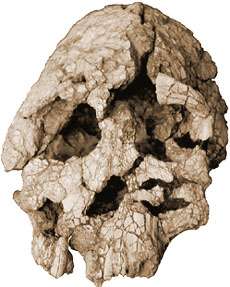
|
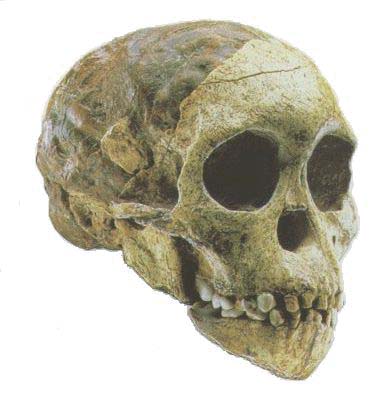
|
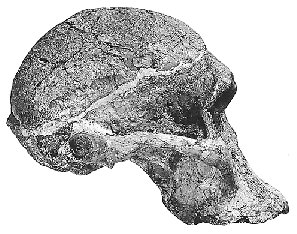
|

|

|
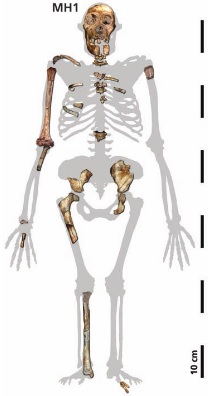
|
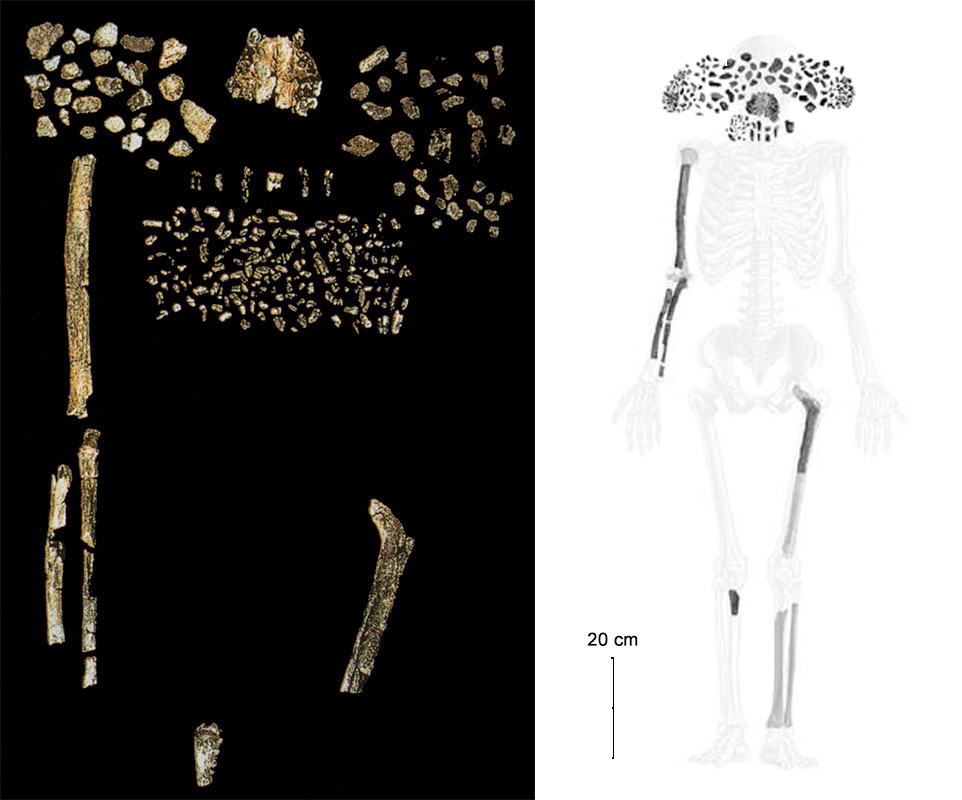
|
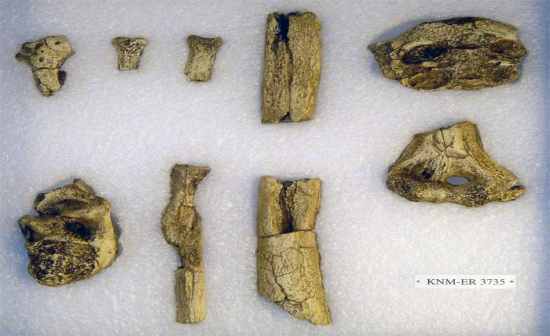
|
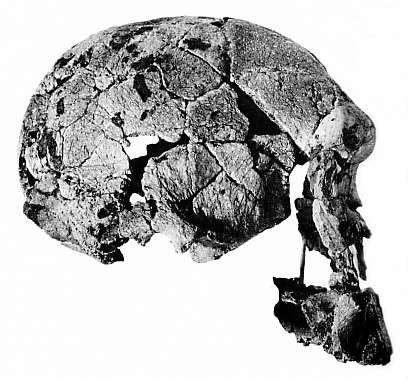
|
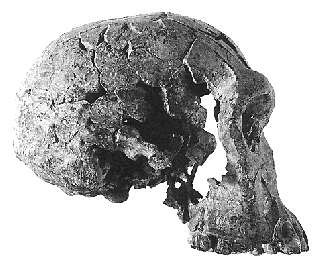
|
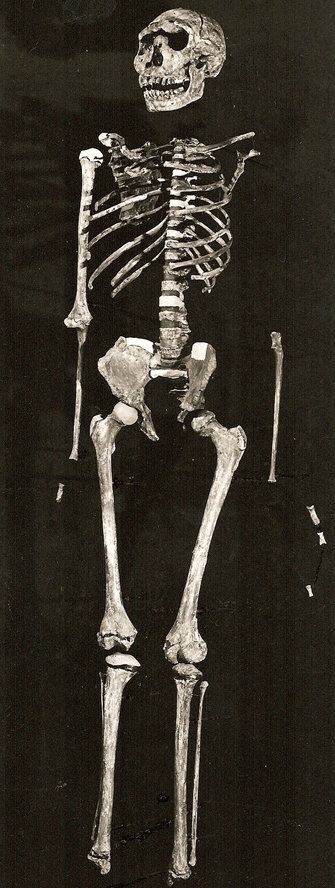
|
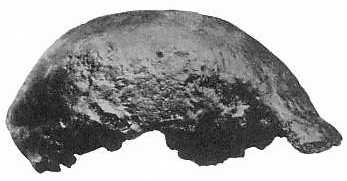
|
Convergence or Introgression?
The recent discovery of Danvius guggenmosi got me thinking about a hypothesis I had back in community college. The new fossil fits in nicely, and this could explain a lot of the evolutionary “mosaic” we see in the hominid fossil record.


